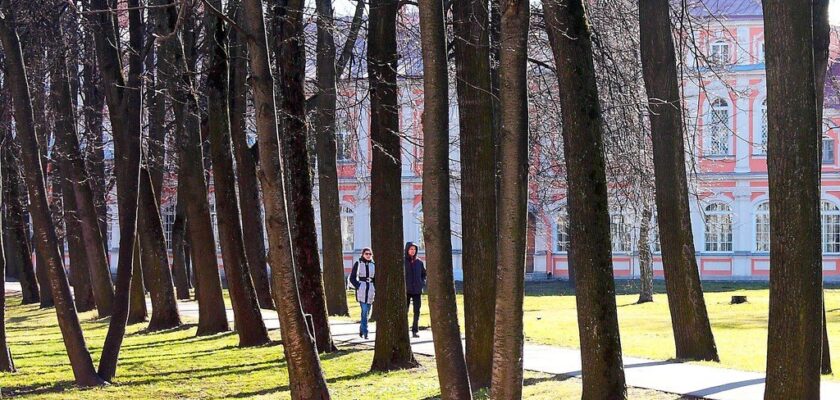Holy Trinity Alexander Nevsky Lavra
Alexander Nevsky Monastery was founded at the place where the Black River (Monastyrka) flows into the Neva River. It was founded in 1710 by decree of Peter the Great to commemorate the victory of Russian troops over Swedish troops under the leadership of Novgorod Prince Alexander Nevsky.
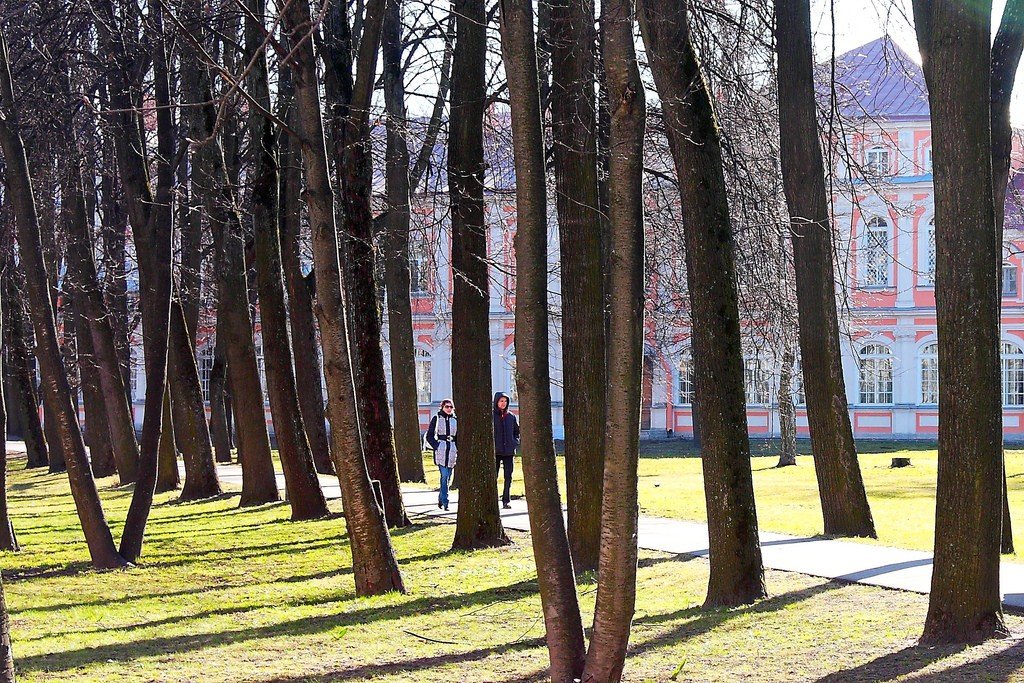
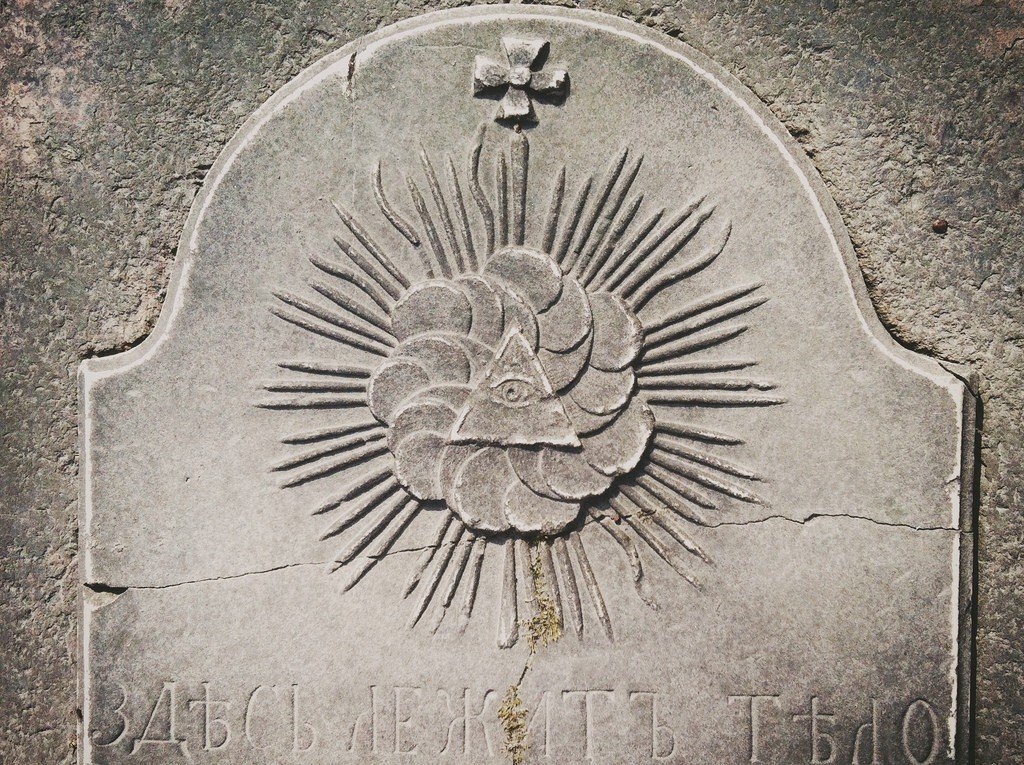
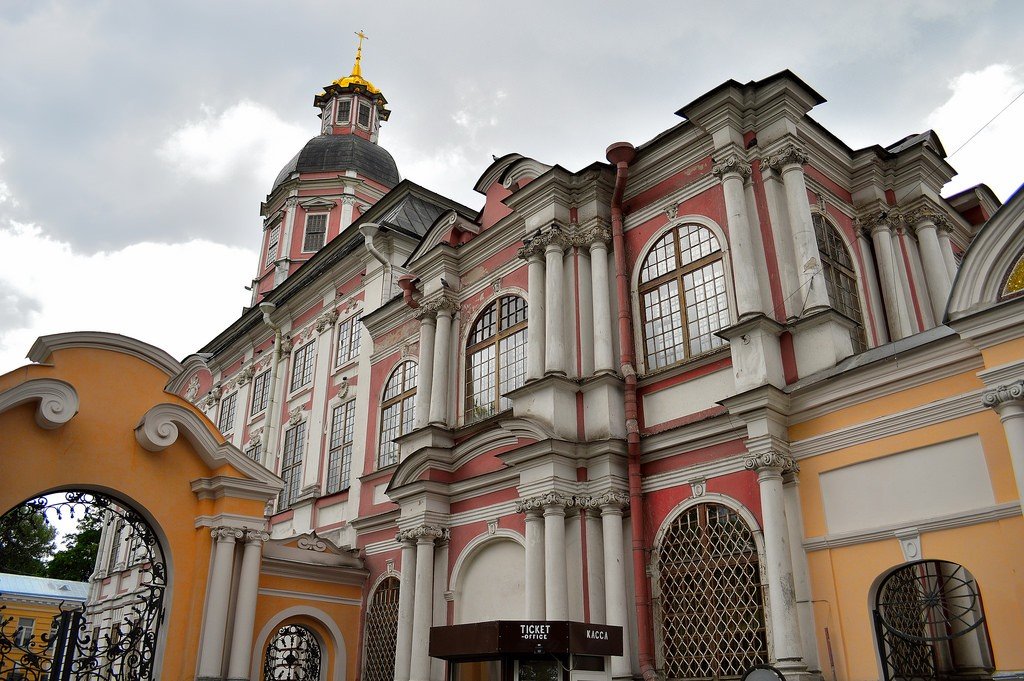
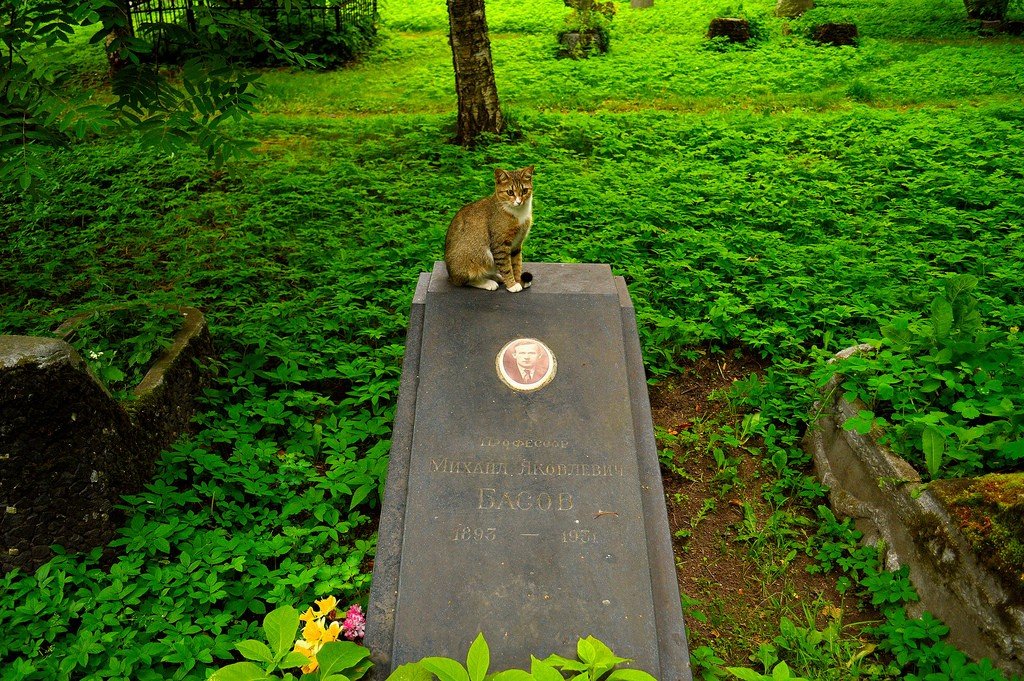
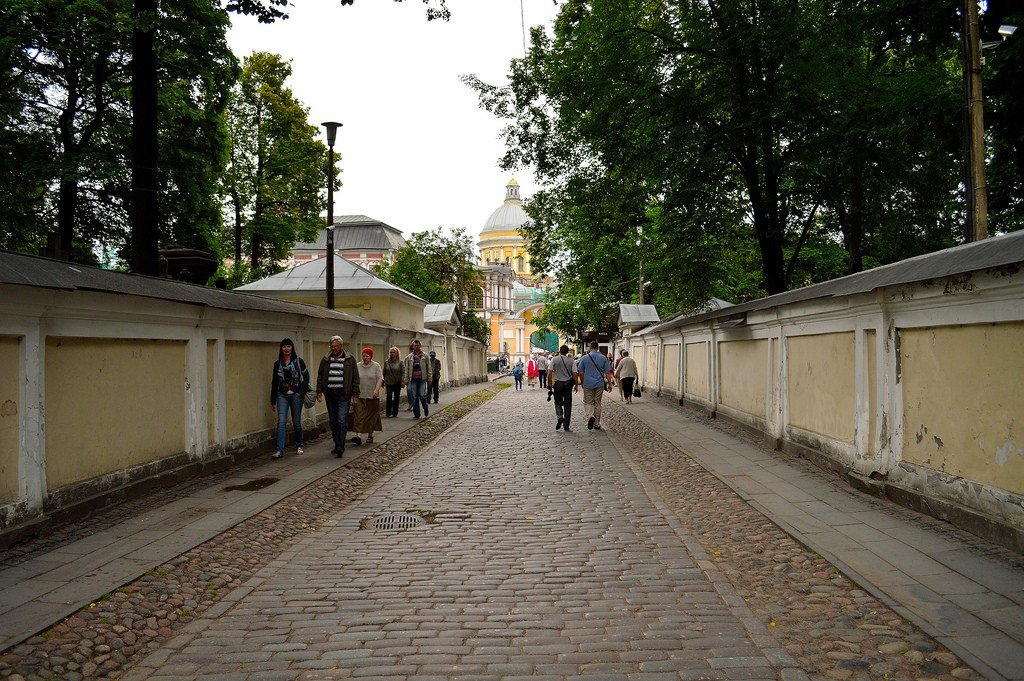
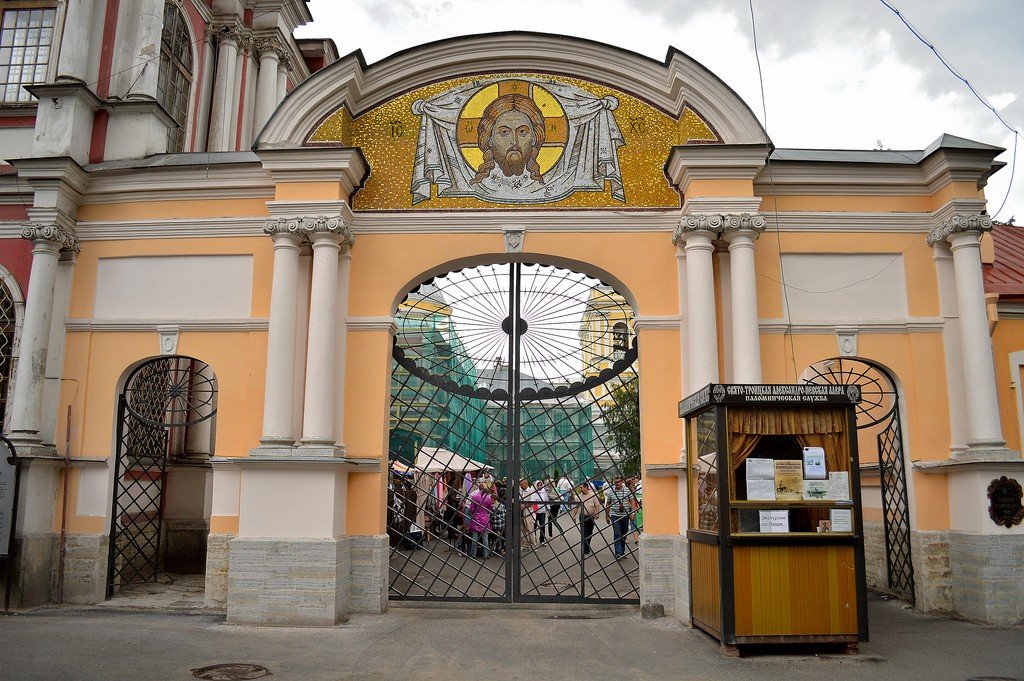
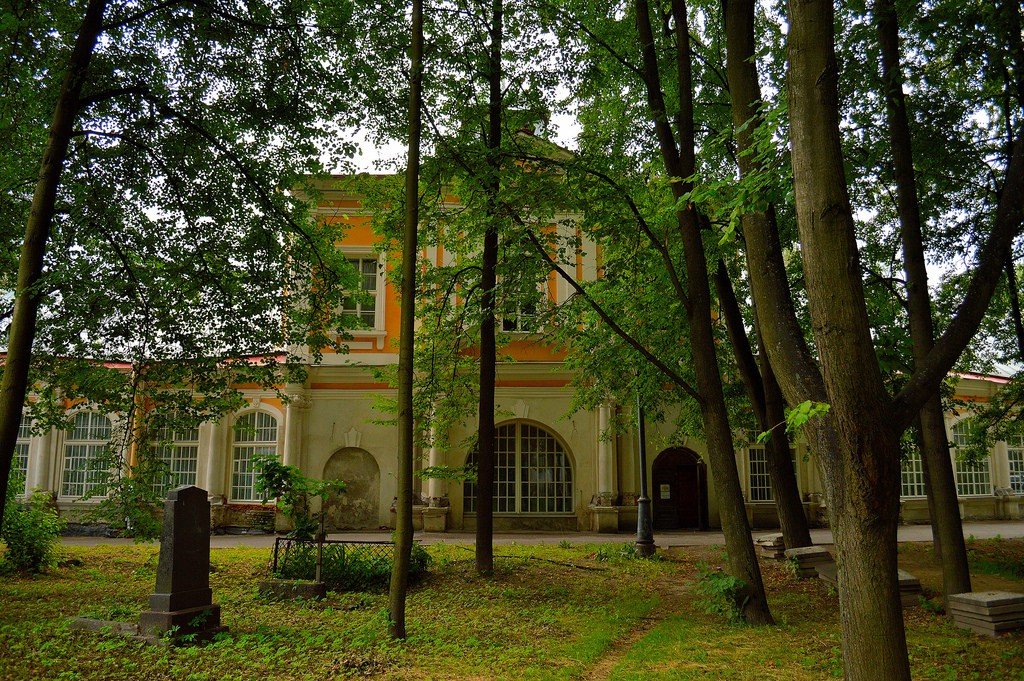
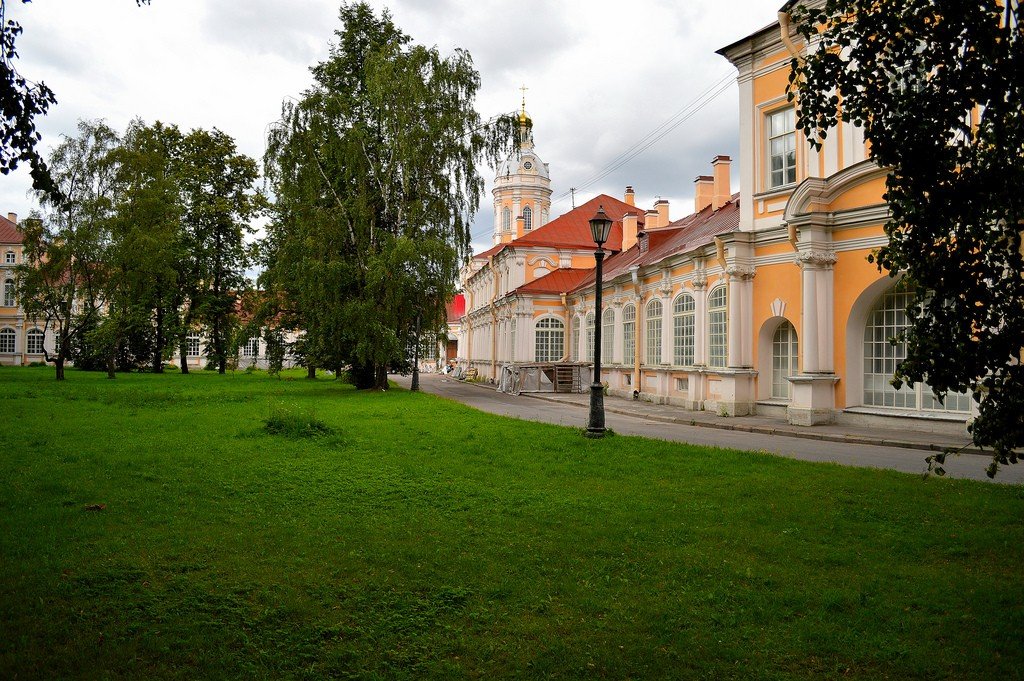
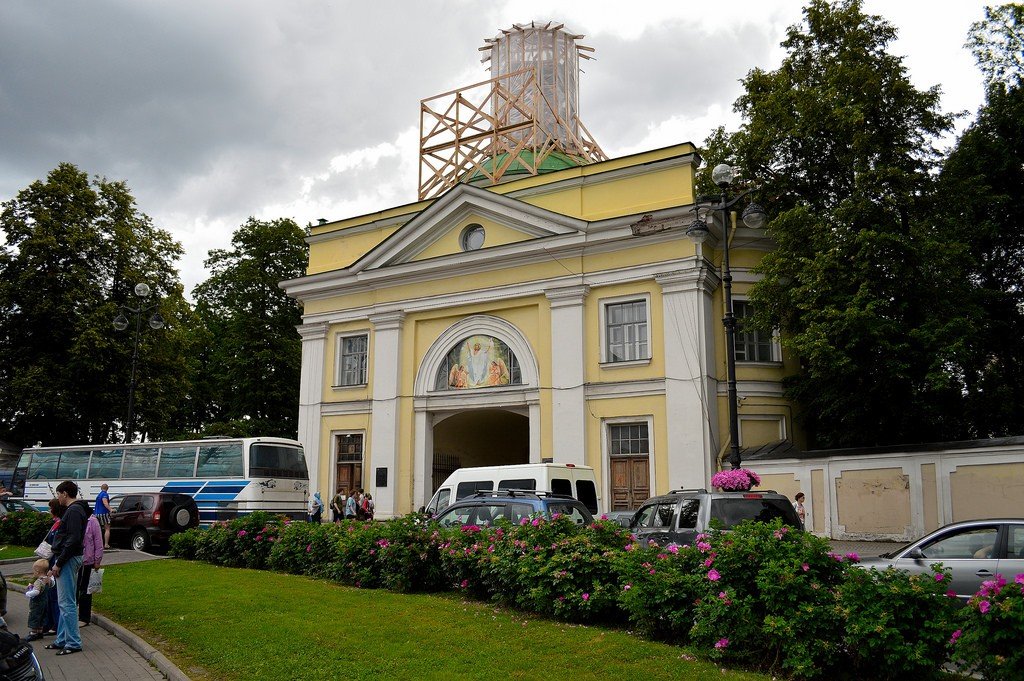
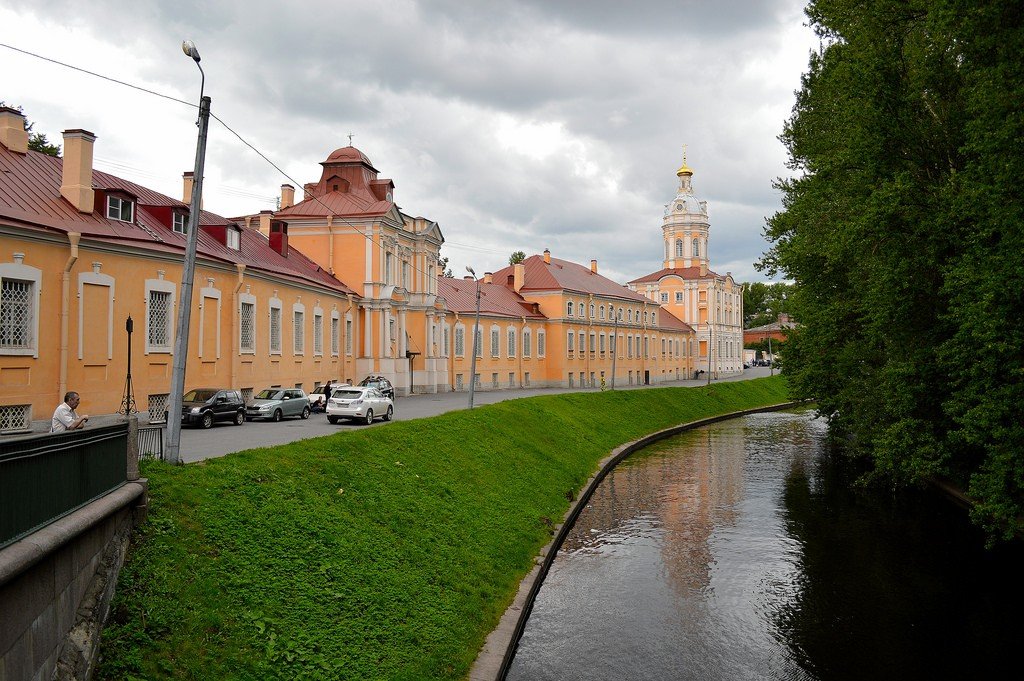
General information
At the time of the construction of the monastery it was believed that it was on this very spot in 1240 and there was a battle of the prince’s team with the Swedes. The construction of this monastery had both religious and political significance – Alexander Nevsky, canonized by the Orthodox Church, was seen as the divine patron of Orthodox Russians in the fight against the eternal enemy – Sweden. This saint deeply honored by Peter became the patron saint of St. Petersburg. In 1724, by order of Peter the Great, the relics of Alexander Nevsky were transferred from Vladimir to the new capital. At first they were placed in the newly consecrated Alexander Nevsky Church, and later transferred to the main cathedral of the monastery, the Trinity Cathedral.
.Alexander Nevsky monastery was conceived by Peter as a model monastery. Here he wished to realize his idea of “utilitarian” use of monasticism to serve the world – he conceived the monastery as a charitable, correctional, educational and medical institution. A hospital, almshouse, printing house and a school for the children of clergymen were established at the monastery, which later acquired the status of the Theological Seminary and Theological Academy – the highest educational institution of the patriarchate (they exist to this day).
.
The original design of the Alexander Nevsky Monastery was drawn up by the architect Trezzini. The first to be built was the Church of the Annunciation, which has survived almost unchanged to this day. It is rightfully called the first Russian Pantheon – in the early 18th century it served as a burial vault for members of the royal family and prominent statesmen. Tsarevna Natalya Alexeevna, Tsarina Praskovya Fyodorovna, Peter Petrovich, Peter the Great’s favorite little son, and the ruler Anna Leopoldovna were buried here. Later, the great Russian commander Suvorov was buried in the Church of the Annunciation, whose tombstone bears the laconic lines of Deravin “Here lies Suvorov”. The two-story rectangular building of the Annunciation Church in the Russian Baroque style served as a model for later monastery buildings – the Fedorovskaya Church and the corner towers.
.
The ensemble of the monastery continued to develop throughout the XVIII century.
Above the entrance gate appeared the gate church in the name of the icon of the Mother of God Joy of All Who Sorrow..The compositional center of the Alexander Nevsky Monastery was the Holy Trinity Cathedral, built according to the project of architect Starov in the late XVIII century.
.The Trinity Cathedral was characterized by the richness of the interior decoration, but with its own peculiarity: instead of icons it was decorated with paintings by Van Dyck, Rubens, Bassano, and many famous Russian artists. Above the entrance to the cathedral – gilded figures of angels carrying the Order of St. Alexander Nevsky.
.
The main shrine of the temple were the relics of St. Alexander Nevsky, kept until the revolution in a magnificent silver frame, made at the command of Empress Elizabeth Petrovna. Now the casket is in the Hermitage, and the relics themselves, transferred under Soviet rule to the Museum of the History of Religion and Atheism, have long been returned to the cathedral. The ark with the relics stands to the right of the iconostasis, there are usually many people around it.
.
Divine service in the Trinity Cathedral has always been characterized by beauty and solemnity. The choir of the Metropolitan singers in the Lavra was not inferior to the court singers. Russian emperors often visited the cathedral and made rich contributions, among them golden sacred vessels, golden crosses, precious Gospels. One of the most important holidays of the capital was the day honoring St. Alexander Nevsky, when a solemn procession from the Kazan Cathedral to the Lavra and back was made..
By the end of the 18th century, the Alexander Nevsky Monastery gradually turned into one of the spiritual and cultural centers of the Russian Empire. In 1797, it received the highest status of an Orthodox monastery – a laurel.
The huge, fortress-like monastery occupies a whole island between the Neva, Monastyrka and Obvodny Channel. Traditional for Old Russian monastic monasteries fortress walls are replaced here by interconnected monastery buildings. In Alexander Nevsky Lavra there are several ancient cemeteries, united in the Museum of Urban Sculpture.
.
In the Necropolis of the XVIII century (Lazarevskoye cemetery) there are more than a thousand tombstones. Here are the graves of the great Russian scientist Lomonosov, writer Fonvizin, Pushkin’s grandfather Hannibal, architects Quarenghi, Starov, Voronikhin, Rossi, sculptors Shubin, Kozlovsky, Martos and many others whose wonderful creations we admired while walking around St. Petersburg.
In the Necropolis of Masters of Arts (Tikhvin cemetery) about 200 tombstones, many of which amaze with their refinement and opulence. Here are buried writers Karamzin, Krylov, Dostoevsky, composers Tchaikovsky, Mussorgsky, Rimsky-Korsakov, Glinka, artists Shishkin, Kuindzhi, Kustodiev, famous artists, statesmen and public figures. The Alexander Nevsky Lavra has special ties with the Dostoevsky family. Fyodor Mikhailovich’s wife Anna Grigorievna wrote in her memoirs: “Many important memories for me are connected with the Alexander Nevsky Lavra in St. Petersburg: so in the only parish church (now a monastery church) of the Lavra, located above the main entrance gate, my parents were married. I myself was born on August 30, the day of St. Alexander Nevsky’s honor, in a house belonging to the Lavra, and the Lavra parish priest gave me prayer and baptized me. In the Tikhvin cemetery of the Alexander Nevsky Lavra my unforgettable husband is buried, and, if fate wills, I shall also find, next to him, the place of my eternal repose. It is as if everything has united to make the Alexander Nevsky Lavra the dearest place in the world for me.”
.
There are in the Lavra and graves already of our time. Behind the Holy Trinity Cathedral is the Nikolskoye cemetery, named after the church in the name of St. Nicholas the Wonderworker. Anatoly Sobchak, the first mayor of St. Petersburg, who returned the city’s historical name, was buried in this cemetery in 2000. The graves of Galina Starovoitova, a State Duma deputy, and Lev Gumilev, son of Anna Akhmatova and Nikolai Gumilev, are also located there.
.
In front of the cathedral – the so-called Communist ground, there in the 1920-1930s buried old party members, Komsomol members, workers of the Cheka, killed in the performance of the task. There are graves with chilling inscriptions such as “Died with his family in an attack on the apartment of bandits” or “Died at work.”
Now all the buildings of the Lavra, under Soviet rule, used by various organizations that had nothing to do with religion, returned to the church. Rather damaged by the merciless passage of time and improper treatment, they are being repaired and restored.
Alexander Nevsky Lavra was the main male monastery of St. Petersburg, and the main female monastery was the Voskresensky Novodevichy Monastery, founded in the time of Empress Elizabeth Petrovna on the site of the former Tar Court. That’s where we’re going now. We need to take the metro to the station “Chernyshevskaya”, then go along Chernyshevsky Avenue to Shpalernaya Street and follow it to the very end – Rastrelli Square. The monastery was later moved from here, but here the magnificent Smolny Cathedral – the creation of the great Rastrelli – has been preserved.
.Visitors
- Address: Monastyrka River Embankment, 1. Ploschad Aleksandr Nevsky metro station.
- Holy Trinity Cathedral – active, services are held daily. .
- Necropolis XVIII century. open daily, except for read, from 09.30 to 18.00 (in winter from 11.00 to 16.00), the ticket office closes 30 min. earlier. .
- Necropolis of the Masters of Art is open daily from 09.30 to 21.00 (ticket office until 20.30), on Read until 18.00, in winter from 11.00 to 16.00, ticket office closes 30 minutes earlier. .
- Phone number of the Museum of Urban Sculpture, in whose charge are the necropolises: 274-26-35. .
- Ticket entitling to visit both necropolises, costs 150 p., preferential (schoolchildren, pensioners) – 50 p., students – free of charge. .
- Ticket to the Blagoveshchenskaya tomb costs 100 p., preferential – 50 p.
